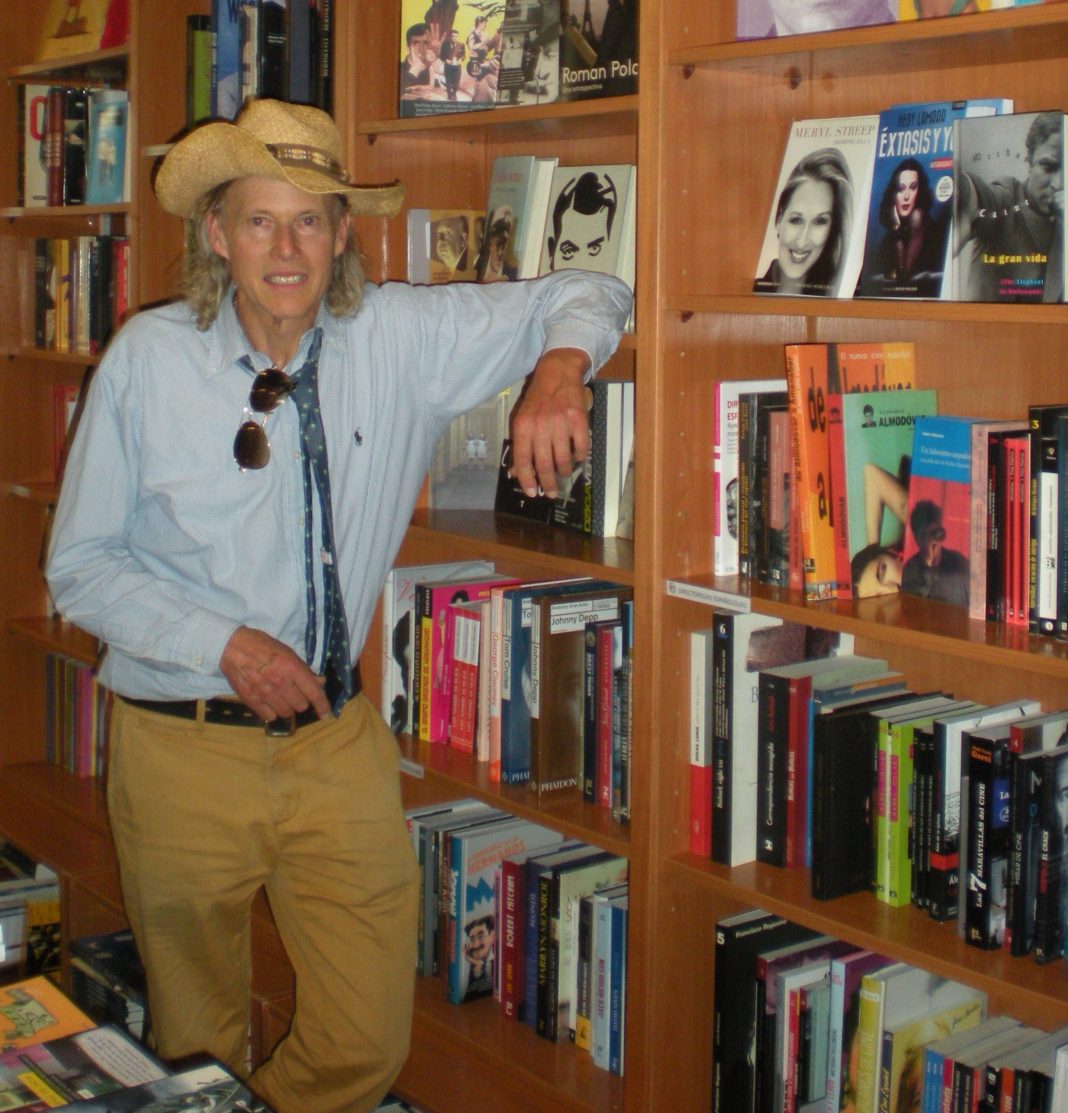UNITED STATES—So here we were, after two days in the country. We took a depopulated bus. Hey, it was a Sunday and we would learn that Madrid is in summer mode. People leave the city. The siesta is religiously observed, in the land where the siesta was invented, due to the torrid climate. The banks close at 2 p.m. in the afternoon. The obtaining of Euros was a chronic issue, that I never really got around, but as an accidental tourist, I learned to live with it.
My point is that Madrid, due to the summer conditions, showed a side that was superior to its ordinary reality: it was slower, emptier and perhaps nobler.
Carmen and I, carrying my bulky duffel, which doesn’t stay zipped any more, took a bus: she insisted that I get a seat, as the bus lumbered along Avenida de la Castellena. So I sat next to a young father, and she moved his toddler daughter onto his knees and she kept watching a cartoon princess on the device in her hands.
Meanwhile, Carmen, as a good host and tour guide and madrileña at heart, kept pointing out his monumental buildings, neoclassical and of the belle epoque jewels, such as adorn a capital city. There was the Soccer Stadium, the National Library, one palace or another, the Prado. Did you know that the Prado is free after 6 p.m. at night?
This information never proved useful during this trip. Because of accidental tourism – becoming deeply engaged in the people and outings at hand– we never got to see a single one of these historic places. Only the national library, since the purpose of our visit was for the presentation of our journal. On our second day in Madris, we went to the National Library, picturing many shelves encompassing the published works in Spanish, some would be musty. And there might be files where original manuscripts were housed, and we could gain insight into the souls of Cervantes or Borges via what they had crossed out.
The National Library turned out to be a museum, and quite dead. There was a refrigerated room where the codex, the basis for El Cid, was on display. A security guard shushed me for talking too loud. When a side room had some enticing artwork and we entered, we were immediately told it was an office and off limits. The National Library occupied an important place in our trip and a feature of any travels. However enchanted one must be with their destination –and this is surely the case with Madrid– one must find something to vilify. There is always something to take vengeance upon for being such a letdown.
We didn’t see a single volume that wasn’t behind glass. And local neighborhood library in Spain or America possesses more literary riches. I do recall seeing there behind a glass I couldn’t see, some 35 millimeter film cans, an emblem of Hollywood.
Sunday, the day of the arrival there was another emblem. We found it on a sidestreet near Plaza España near where all our party to Spain finally met up, a cafe on calle de Los Reyes, where workmen were enjoyed beer at midday and we shared a table with young man who swore he’d seen me on TV or in the movies. He’s also the one who reminded a waiter of the Coke “My mother had ordered.” Carmen is very fair-skinned and has pale yellow hair, it’s easy to see how one could make that mistake.
On a sidestreet there was a cinema book store. There was was a manual typewriter in the window and an autographed copy of Almodóvar’s screenplay of “La mala educación,” inside were movie books galore. It was their specialty. And on the pillars there were framed autographs of various filmmakers, often with doodles. Guillermo Del Toro, Woody Allen and Tarantino had stumbled upon the bookstore called Eight and a Half Book Store, after Fellini’s film.
Nearby, on this sidestreet, is Madrid’s own little Walk of Stars. Talk about feeling at home.
To be continued…






